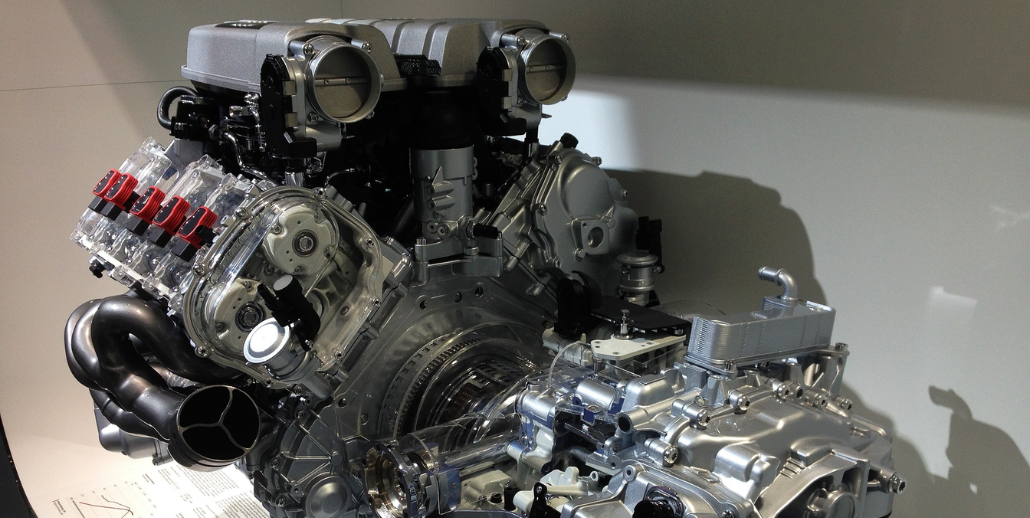For those who are not overly familiar with automobiles and their various parts, the term “OEM” might be a little bit confusing. People often throw this term around without explaining its meaning, especially on repair invoices and estimates. And so, in order to alleviate that confusion, let’s go ahead and tell you everything you need to know about OEM parts.
What Does “OEM” Mean?
This is an acronym that stands for “Original Engine Manufacturing.” This basically just means that they are “original” parts. When you go with an OEM part, you know that it has been built for your vehicle by the same company that built your vehicle. In some cases, the making of OEM parts may be outsourced, but those parts have to meet the same standards as those produced by the auto manufacturer.
This label is mainly put upon auto parts to distinguish them from aftermarket parts, which are not going to be identical to the vehicle’s original parts. Unless you are using aftermarket parts for a specific reason, it is always recommended that you stick with the original parts.
Why People Choose OEM Parts
OEM parts are favored because they offer the best possible reliability factor. Any machine will function better when it has the correct parts and when everything stays in accordance with the original design. This doesn’t just apply to vehicles, but it is particularly important with regard to vehicles. If you are like most people, you trust your life to a vehicle every day, and so you need a very high degree of reliability.
Yes, you can often save money by going with cheap aftermarket parts. However, think about all of the ways in which that could impact your car’s performance and safety. For instance, let’s say you replace your rear quarter panels and/or your rear bumper with the cheapest thing you can find on the internet. These parts will likely be made from substandard materials and with shoddy workmanship. As such, they will not give you the same degree of protection in the event of an accident.
In the end, you are always taking a gamble when you buy an auto part. No matter how hard they might try, auto part manufacturers cannot prevent the occasional defect from happening. However, using an OEM part will do a lot to minimize that risk. When you go with one of these, your chances of getting a bad part are pretty low.
Do Most Repair Shops Use OEM Parts?
The answer to this question is not a simple one. If you go to a dealership for repairs, they will unquestionably use OEM parts for any repairs they do. However, smaller repair shops are more likely to use secondhand parts from dubious sources, which are probably not going to meet OEM specs. This brings us to an important point: OEM parts are not always necessarily good. They wear out just like any other kind of auto part, so make sure you find out whether or not your repair shop uses new OEM parts. Unfortunately, there are all too many shops that do not.
A Word About CAPA Certification
When you are going with an original part, the OEM standard is what you want. However, if you are using an aftermarket part, there is a different standard. You should always look for aftermarket parts that have been certified by the Certified Automotive Parts Association (CAPA).
CAPA subjects aftermarket parts to a variety of rigorous tests in order to verify that they are equal to the standards of the original part. In some cases, aftermarket parts actually turn out to be better in terms of overall quality. Either way, an aftermarket part that hasn’t been verified by this organization should not be trusted.
A Word About Returns
Another little benefit to the use of OEM parts is the fact that they will probably be easier to return. If you should need to return an OEM part (either because it’s defective, the wrong part, etc.), you already know that there will be no problem. Any manufacturer that is OEM certified will be required to guarantee their work. And so, as long as you have a receipt, you should have no issues.
On the other hand, you never really know how the return process is going to go with an aftermarket manufacturer. They may not take returns at all, or they may only take them under certain conditions. Others may delay the process as long as possible. For these reasons, doing a return-and-refund deal on an aftermarket part can be difficult or even impossible.
Conclusion
OEM parts are the normal standard for several reasons, and it mostly comes down to the crucial issue of trust. You can trust that these parts have been made to the correct specifications and that they have been tested for quality. You can also trust that the manufacturer is properly qualified to make parts for your vehicle, and you can have a higher degree of confidence in their willingness to take returns. With a non-OEM part, you can’t guarantee any of those things. And so, if you now find yourself asking: “where can I find the best auto body shop near me?”, all you have to do is call Elmer’s Auto Body at (856) 218-0202.

